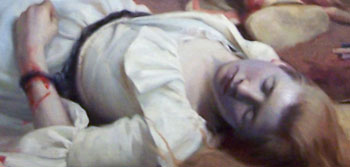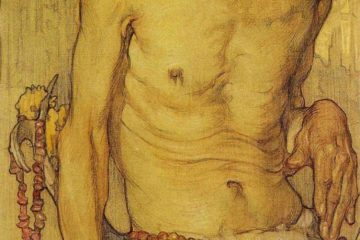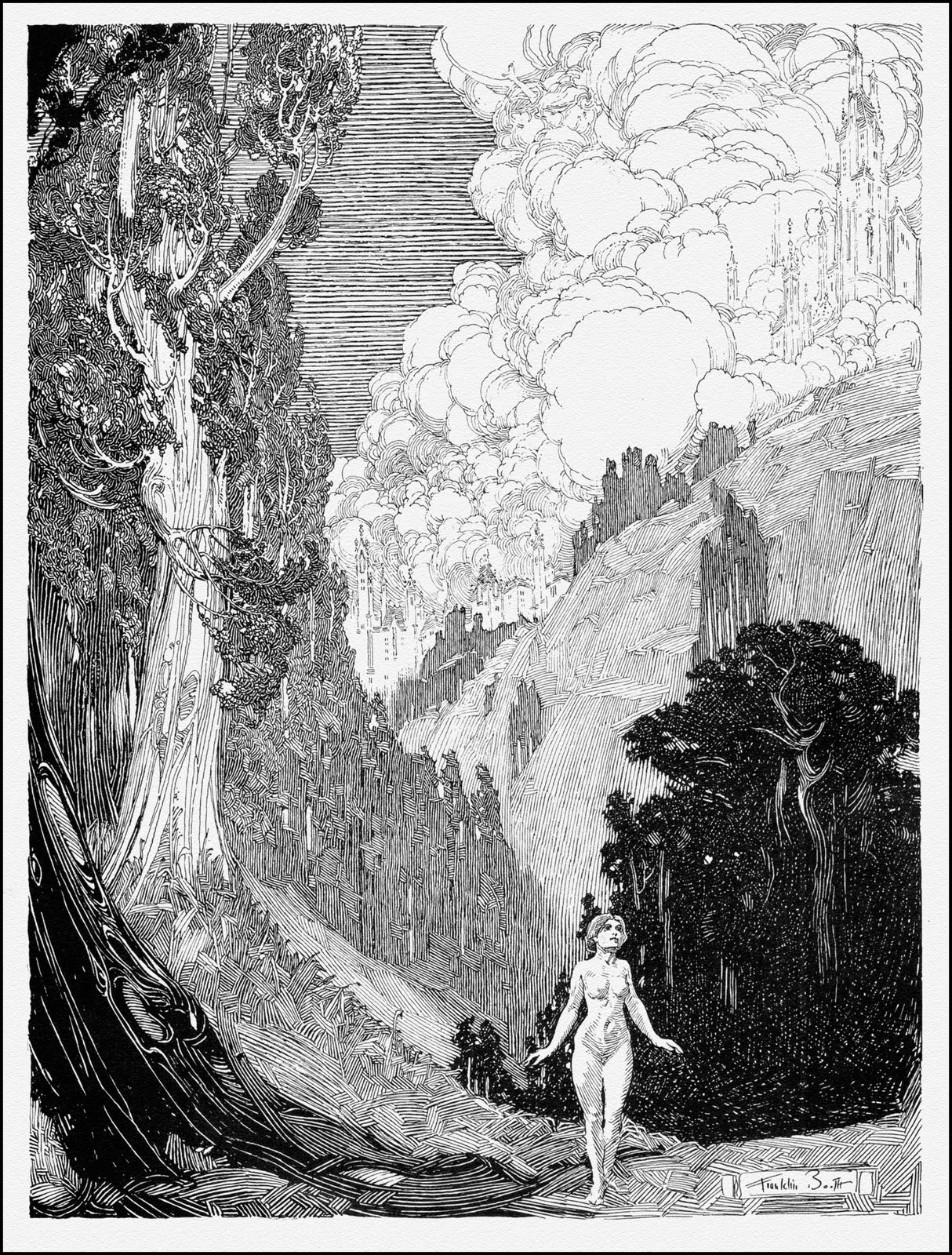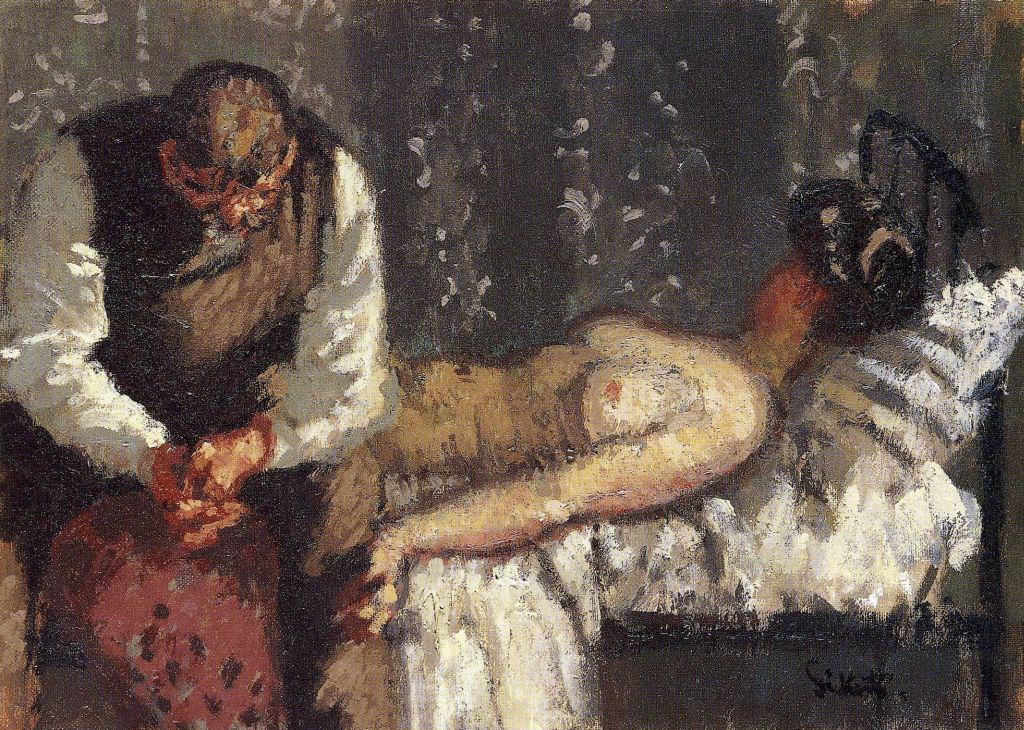It’s been awhile since I’ve written an art blog, which I’ve done off and on for a few years. I usually discuss a piece of art, almost always one that I like myself, and give the world my thoughts on it.
I’ve decided to resurrect the idea because a) a number of people have asked me to continue them and b) as an artist myself I think I learn alot about techniques, styles and art in general from them. So, with that said, here we go.

This is The Captive, by Eanger Irving Couse (1891, Oil), a piece that I saw in person at the Phoenix Art Museum last year. I thought it would be a good piece to start the process again with, since I was drawn to it when I was there.
First, for me, is the striking color choices that Couse made. Overall, it’s a fairly typical palette, especially for western art. But what grabbed me as soon as I saw it was the color of the girl’s face, and the starkness of the blood on her fair skin.
In reading about the work (visit here for in-depth details), I learned that it is based on a real event, and that the woman survived. But looking at the art, I think Couse did a perfect job of putting that outcome in question. She has an unnatural, cold feeling in her face and arms, a harsh color indicating the horror of her condition. The blood is bright against such white skin (and her dress), and really stands out in the scene.

Where she is harsh, the old man sits quite differently. Is he the victor? Is he sad, or is he just pondering? Is he confused by what the woman has done, or is he contemplating her condition? Couse works the image perfectly, balancing the obvious horror with the man’s seemingly thoughful gaze. The viewer is left to wonder if they’ve just seen something terrible, or if this is the quiet respite either before or after the terror.
As with all of these, feel free to give your comments and what you think. My LiveJournal and MySpace users can leave a comment right on the blog, and website users feel free to go there or leave me a comment at my twitter address (twitter.com/rdickerson)


